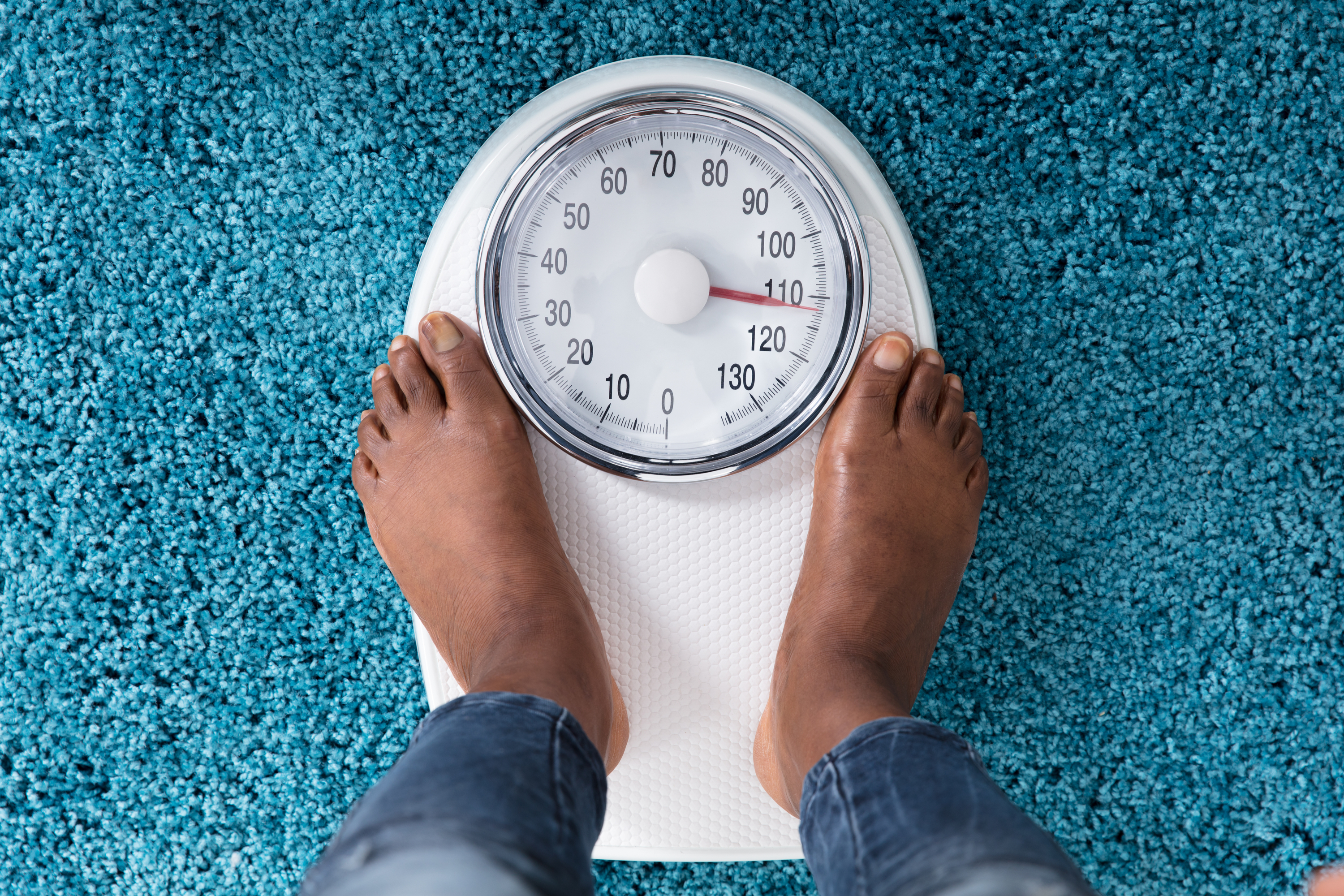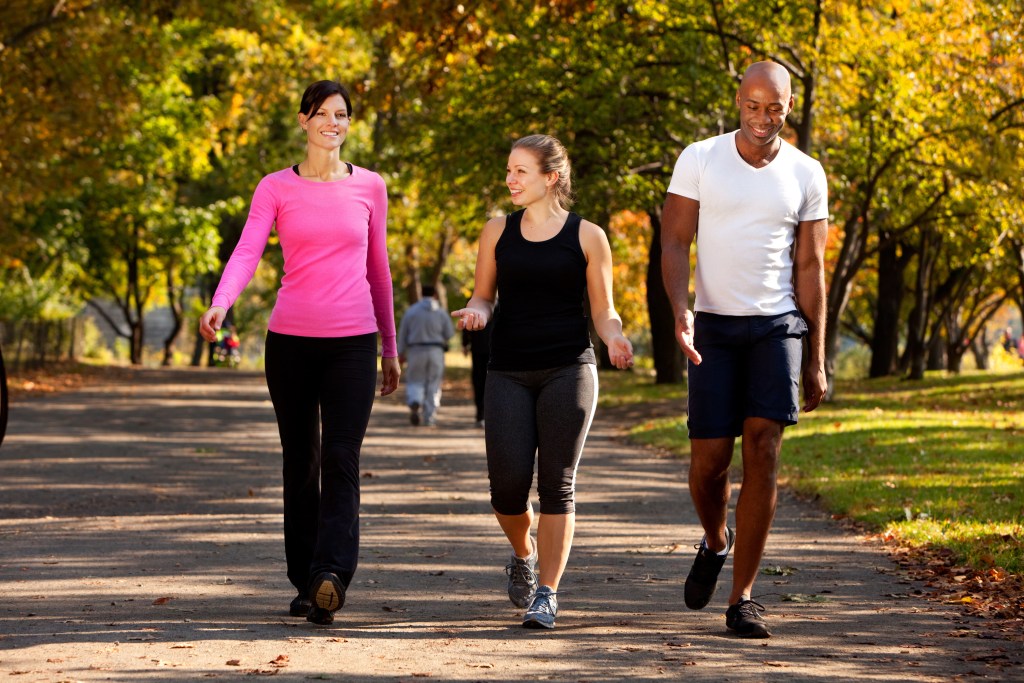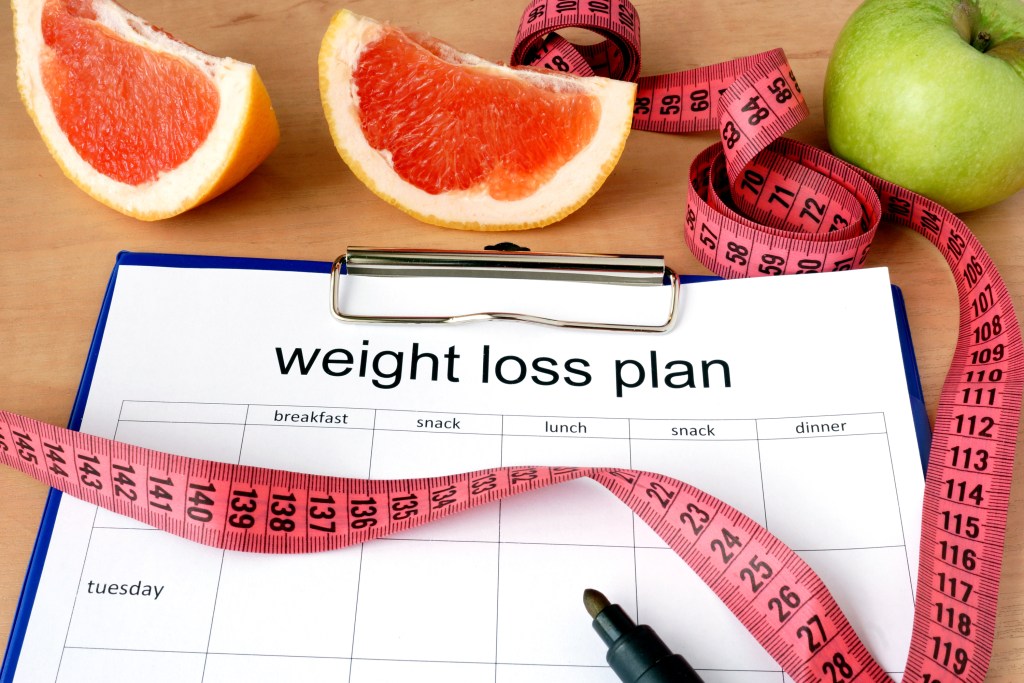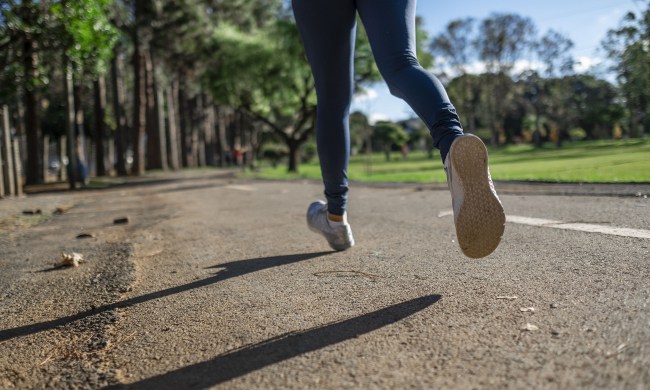We’ve all heard of the “freshman 15,” the infamous name for the 15 pounds of weight college students are said to gain during their first year at school. Now, after more than a year of COVID-related closures and lockdowns, many of us are dealing with a new phenomenon known as the “quarantine 15,” a term for unwanted weight put on since the start of the pandemic.
The “quarantine 15” is more than just anecdotal accounts of pants that no longer fit after lockdown months spent binging on Netflix while eating Ben & Jerry’s. A recent study found that during shelter-in-place restrictions from Feb. 1 to June 1, 2020, the average study participant gained 1.5 pounds each month according to daily weight measurements recorded by Bluetooth-connected scales. Multiply that by the number of months that have passed since the pandemic’s start and, with many areas still under restrictions, it’s easy to understand why experts are concerned that the prolonged effects could lead to substantial continued weight gain among the general population, along with significant health issues.
“We all know obesity is tied to worsening mortality and comorbidity rates,” says Dr. Anthony Lin, an internal medicine physician at the University of California, San Francisco, and one of the study’s co-authors. “The purpose of our study was to find the unintended consequences of very well thought out restrictions to prevent the spread of a highly transmissible virus. In managing one public health crisis, we unearthed the possibility of creating another one.”

Lin says a lot of people have likely gained more than the 1.5 pounds per month average weight gain of study participants during shelter-in-place restrictions because those who took part in the study were all volunteers who agreed to have their weight tracked daily.
“Study participants may be more health-conscious and able from a social and financial standpoint to get exercise in and monitor their weight at home,” says Lin. “If you volunteered for this study and to have your weight tracked every day, you probably are managing your weight better than most.”
How we got here
While it’s clear pandemic-related weight gain is real, the pressing questions are why did so many of us gain weight and, more importantly, what can we do to lose it? While it may seem counterintuitive, it turns out with more time on our hands, we were actually moving less. A study on the worldwide effect of COVID-19 on physical activity observed a significant decrease in daily step counts from participants in 10 countries at the beginning of the pandemic’s shelter-in-place orders when compared to prior to the pandemic.
“This [step count] study was the most revealing,” says Lin. “Bodyweight changes go hand in hand with step counts. Even though we had more free time, whether it was out of fear of catching the virus or loneliness, a lot of people were not moving around as much as they had previously.”

The closing of fitness centers and switch to remote work also likely played a role, according to Dr. Don Hensrud, a Mayo Clinic physician and medical editor of The Mayo Clinic Diet.
“It may not seem that we obtain a lot of physical activity at work, but low-level activity throughout the day adds up, particularly compared with sitting at home,” he says.
Speaking of home, it turns out the fridge only being a short walk from our desks didn’t help our waistlines, either. A survey by the International Food Information Council on how the COVID-19 pandemic has transformed the way we shop, eat, and think about food found that 32% of respondents reported snacking more.
“Some of the more revealing things the survey found were we were snacking more at home, stress eating more at home, and eating less fresh produce at home,” says Lin. “Being home doesn’t necessarily translate into eating more healthy meals.”
In addition to stress eating, turning to unhealthy comfort foods also was likely a factor in pandemic weight gain, says Hensrud. Parents, many of whom suddenly found themselves homeschooling children, were particularly vulnerable to emotional eating, according to the IFIC survey, with 33% of parents responding they were “eating their feelings” versus 16% of those without children.

Be realistic about your weight-loss goals
While sweatpants and t-shirts have become pandemic wardrobe staples, with schools, workplaces, and social activities starting up again, many of us would like to fit back into our pre-pandemic clothes — you know, the ones without the coffee stains down the front. The best place to start with weight loss is by making realistic goals, according to Hensrud.
“A goal weight is an outcome. Having an unrealistic goal weight is like trying to make a million dollars without having a good financial plan on how to do it,” he says. “In addition, by focusing too much on the outcome goal, i.e., the numbers on the scale, when the numbers don’t change as much as people want, a common reaction is to throw in the towel and gain all the weight back again and more.”
Instead of saying, “I need to lose 20 pounds,” Hensrud advises breaking your long-term outcome goal into shorter-term, or “process,” goals:
“Keep the long-term outcome goal in the background while you achieve it through short-term goals such as five pounds at a time. Even more important, have a good ‘financial plan’ of process goals, [which is] a good weight-loss plan of specific strategies, such as eating one more serving of fruit and vegetables daily, or walking 20 minutes, four times a week. By having a good weight loss plan of process goals, the outcome almost becomes secondary and, paradoxically, can be easier to reach.”
Remember, you didn’t put the weight on overnight, so you aren’t going to take it off that way, either. Realistically, you should aim to lose one to two pounds per week, says Hensrud.
“That seems agonizingly slow for most people,” he says. “However, there are 3,500 calories in one pound of fat. So, to lose one pound of fat per week, someone would have to burn 3,500 calories more than they eat that week.”
If you divide that by seven days, you need to burn 500 to 1,000 calories more or eat 500 to 1,000 calories less per day to lose one to two pounds. “A 500 to 1,000 calorie deficit daily is not an insignificant number, which is one of the reasons why it is so challenging to lose weight consistently,” Hensrud adds.

Why ‘diet’ is a dirty word
One of the biggest mistakes people make when trying to lose weight is going on diets, such as currently popular low-carb diets, that are not sustainable, says Hensrud.
“Going on a diet implies that people will eventually go off the diet. And when they do that, the weight usually comes back on,” he says, adding that’s why the Mayo Clinic Diet advocates sustainable lifestyle changes as opposed to dieting.
And don’t get taken in by those before-and-after photos of miracle, overnight weight-loss successes showing up on your social media feeds.
“With regard to fad diets, the old saying applies that if it sounds too good to be true, it probably is,” says Hensrud. “If these diets worked, everyone would be doing them. Also, I would suggest that health is just as important as weight, and there are many unhealthy ways to lose weight.”
The truth about diet vs. exercise
Many people wonder if dietary change or exercise is more important when it comes to weight loss. The simple answer is, it depends.
If you’re trying to lose weight, research has shown that those who improve both diet and exercise habits lose the most weight, but that those who change only their diet lose more than those who just exercise, according to Hensrud:
“This is because a larger energy deficit can be obtained through diet than exercise. For example, a half an hour of vigorous exercise may burn a few hundred calories, give or take. That can be canceled out by one donut or candy bar. Decreasing calories from what our usual calorie intake is can potentially be much more than a few hundred calories.”
However, to prevent initial weight gain or weight gain after weight loss, exercise appears to be the most important factor, says Hensrud: “The National Weight Control Registry [found] that people who were successful at maintaining weight loss exercised an hour a day, but walking was the primary method of exercise.”
Getting your steps in is one of the best — and easiest things — you can do to lose weight, says Lin. “One of the things to remember is exercise doesn’t always have to be going to the gym or lifting weights,” he says. “It can be as simple as going for a walk. As the weather warms up, we really encourage people to get out and walk more.”

Nevertheless, be persistent (and smile)
Of course, weight loss isn’t just about what you eat and how much you move — it’s also about your state of mind. And, as with so many things in life, your attitude can mean the difference between success and failure.
“Many people approach this process as drudgery. It is difficult to continue on with a process in this manner,” Hensrud says. “A different way of looking at things is that many people say that when I was eating better, more active, and weighed less, I felt better. This is a good thing, and having a positive attitude initially and feeling better while participating in a practical and sustainable process can make all the difference in the world.”
Finally, keep in mind it will take time, effort, planning, and commitment to lose weight, according to Hensrud.
“It takes time to be physically active and time to invest in healthy dietary changes with food preparation, etc.,” says Hensrud. “But the return on investment in terms of health and weight can be tremendous.”
BlissMark provides information regarding health, wellness, and beauty. The information within this article is not intended to be medical advice. Before starting any diet or exercise routine, consult your physician. If you don’t have a primary care physician, the United States Health & Human Services department has a free online tool that can help you locate a clinic in your area. We are not medical professionals, have not verified or vetted any programs, and in no way intend our content to be anything more than informative and inspiring.



